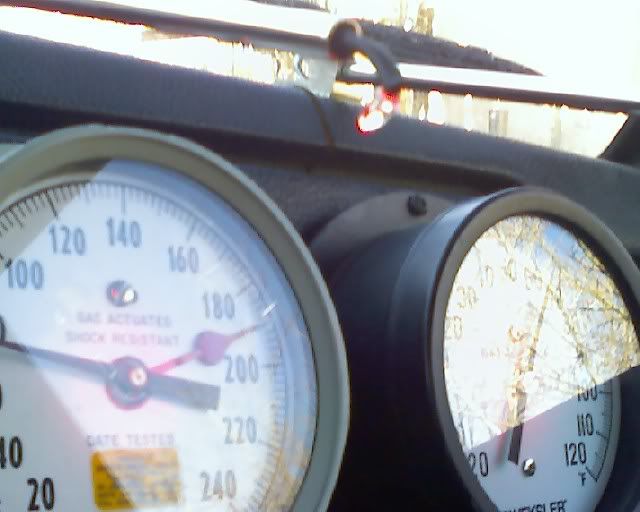|
Hi there Goatman,
Don't think I have ever commented on any of your posts as you seem to know what you are doing and in a prudent way.
This one, I admit on the surface, seems to be questionable but your logic to use silver brazing is not so crazy as others have written, for caution, IMHO.
I will agree with them that in what they say though and under most circumstances it's not an orthodox repair.
I believe this is a case of "you have to be there to see it" and make a proper assessment of the damage and the repair methods or those options mentioned being available.
I gathered that this was a rubbed spot to create a thinner wall in the tubing and therefore, the tubing wall is not stressed, to form any cracked split or a fatigued zone.
The Silver brazing material has a high enough tensile strength to probably equal or be higher than the copper nickel composition, so your thinking "seems" sound for compatibility.
I suspect given the above scenario and applying this material for replacement of wall thickness, of which would be hard not to do, the repair will be as good as new.
A pin hole or elongated opening, in essence is less than and definitely no more of a gap that's what's between sweat fittings.
This pin hole does not expose the fluid inside to a very large surface area that makes possible enough mechanical leverage upon wall of integrity to expand the surrounding the fissure. Brazing opens pores of metal and allows more adhesion surface and closes up upon cooling.
The cooling part concerns me a wee bit since its copper. I think I would have cooled it quickly to keep the material annealed, but this is such a small amount of material heated it cooled quickly enough.
As I alluded too, about fluid and a pin hole, the design of using a small diameter line reduces the line itself to stress from the amount of "force" that can be applied to the per square inch of material area.
This is the main reason you will see the highest pressure low flow capacity devices using small diameter lines especially in gauges and the use of "snubbers."
If a device needs large flow for power, the pressures will be far less in almost all cases as the dynamics change.
The use of several smaller lines can and will be "ganged" together especially in areas of a flexible joint. Other than that, you will see rotary joints made of metal with close fitting tolerances in areas that the environment exempts a hose material use, even with woven shielding.
Most of these designs are the result of trial and error, truth be told!
So I see why you want to share your "Yay" with us.
There are many of us that would not try it or never admit to it, so, cudo's to you for your bravery and willing to experiment with your skills. Besides, it's a nice story for entertainment.
The part brought up about the use of a flame is a very valid point!
It would be a very nasty world or definitely an assembly line issue, if we did not use mechanical fittings.
Consider this idea being used in the hands of "a Joe" consumer throughout the whole world! There are enough crazy things done, in just overloading vehicles, if you catch some of the You Tube videos.
Like seating or airing up tires with propane, Wow! I heard that Farmers started doing that in the fields from a tire shop.
I assume you must have used a fiberglass fire blanket or tin shield behind the tubing when brazing it in place. You probably carbonized some minor amount of the brake fluids film to the inside wall of the tubing though?
If you use the, "I No see, I No worry theory," you will be good with a flush and bleed the line, anyway.
Nothing wrong with using your thinking cap to think out of the box. To improvise when needed, becomes related to the Mother Of All Inventions. They call it Necessity, you know!
Phil
|

